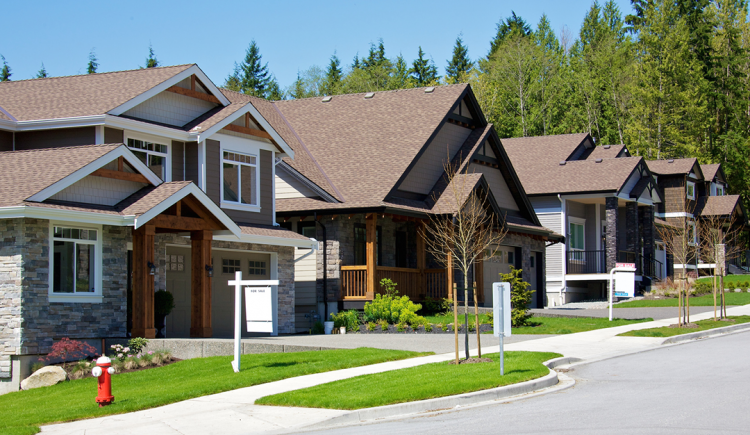Housing starts held steady in May, increasing 3.6% to a seasonally adjusted annual rate of 1.57 million units, according to the latest data from the Commerce Department.
The May reading of 1.57 million starts is the number of housing unit builders would begin if development kept this pace for the next 12 months. Single-family starts increased 4.2% to a 1.10 million seasonally adjusted annual rate. The multifamily sector, which includes apartment buildings and condos, increased 2.4% to a 474,000 pace.
The Breakdown:
Housing Starts: 1.57 million (+3.6 month-over-month, +50.3% year-over-year)
Multifamily Starts: 465,000
Single-Family Starts: 1,098,000
Building Permits: 1.68 million (-3% month-over-month, +34.9% year-over-year)
Multifamily Permits: 494,000
Single-Family Permits: 1,130,000
Completions: 1.37 million (-4.1% month-over-month, +16.1% year-over-year)
Multifamily Completions: 387,000
Single-Family Completions: 978,000
Regional Year-to-Date Data
Midwest: +27.2%
South: +19%
West: +26.4%
Northeast: +46.3%
What the Industry Is Saying
“Housing starts picked up in May. The trend since the onset of the pandemic has been notably higher single-family homebuilding and subdued multifamily construction. That tilt is a proper response, given the limited single-family home inventory and what had been a deceleration in apartment rent growth.
“Despite the month-to-month trend, or even year-to-year changes, America is facing a massive housing shortage due to multiple years of underproduction in relation to population growth. We estimate around 5.5 to 6.8 million additional housing units need to be built. America is on track for only 1.6 million and 1.7 million new housing units this year and next, respectively. That would represent the best two-year performance in 15 years, yet it would still be inadequate. Therefore, expect both rents and home prices to outpace overall consumer price inflation in the upcoming years.” — Dr. Lawrence Yun, Chief Economist, National Association of REALTORS®
“Single-family starts held firm in May as demand remains strong despite recent gains in new-home costs. However, single-family permits posted a decline as higher construction costs are deterring some residential construction activity. Policymakers need to help the industry’s supply-chains in order to protect housing affordability.” —Chuck Fowke, Chairman, National Association of Home Builders
“Single-family permits declined to the lowest pace since September 2020 as the home building market cools somewhat to adjust to higher prices and longer delivery times of building materials. The count of single-family homes permitted but not started construction is up 53% over the last year due to both gains for home construction since the onset of the 2020 virus crisis and the delay of some building projects due to higher costs for materials and labor.” — Robert Dietz, Chief Economist, National Association of Home Builders
“With brisk house-price appreciation and a continued lack of existing home sale listings, demand for new construction remains robust. However, homebuilders continue to face supply constraints, namely shortages of building materials, labor and buildable lots. Despite single-family starts trending modestly downward in recent months, the total number of homes under construction moved up 1.2% in May—the twelfth consecutive monthly increase and its highest level since 2007.
“This divergence likely reflects in part a longer timeline for construction due to supply disruptions. However, with lumber prices falling in recent weeks and a strong backlog of homes sold-but-not-yet-started, we expect some upward movement in single-family starts in the coming months as delayed and put-off projects are initiated.” — Doug Duncan, Chief Economist, Fannie Mae
“Housing starts increased 3.6% in May, providing a slight reprieve for a housing market that is experiencing extremely low levels of inventory. Single-family starts came in close to a 1.1-million-unit annual pace and were up over 4% from April. The 50% year-over-year increase was relative to May 2020, when pandemic-related uncertainty and shutdowns halted most building activity.
“Permits for new construction, which are typically a forward-looking indicator of new starts, declined 3%. The homebuilding industry continues to grapple with increasing materials costs and delayed deliveries from suppliers.” — Joel Kan, AVP of Economic and Industry Forecasting, Mortgage Bankers Association












